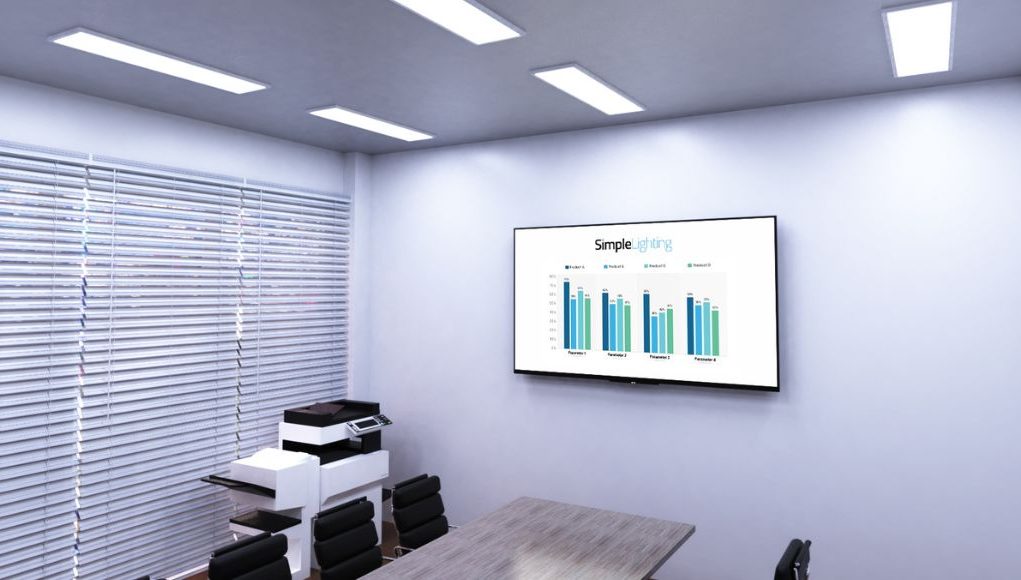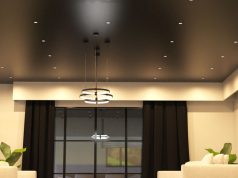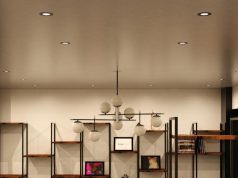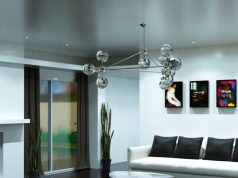An LED panel light is a ceiling fixture that can be circular, rectangular, or square. Thanks to the integrated LED chips in its construction, LED panels can produce outstanding brightness efficiently!
The primary components of an LED panel include an aluminium frame, LED chips, a light guide plate, a diffusion board, reflective paper, a rear cover, and a driver. Let’s define each!
- Aluminium frame: it’s the main channel for the LED chips to disperse heat and support the entire fitting. It can have a different IP rating and is often constructed from rust-resistant materials to ensure durability and longevity.
- LED chips: they are the light source of the LED panel. An LED is a solid-state semiconductor that directly converts energy into light.
- Light guide plate: this component is responsible for the quality control of an LED panel. It refracts light through the dots so that it is exported uniformly from the front.
- Diffusion board: evenly spreads the luminance from the light guide plate and helps the LED panel blur the individual LED chips.
- Reflective paper: it reflects the remaining light on the back of the LED panel to enhance the fitting’s efficiency.
- Rear cover: it seals the LED panel and helps with light distribution.
- Driver: it is the power source of an LED panel. Without it, the fixture will not function.
Benefits of LED Panel Lights
Why do you need LED panels in your space? What value does it add to your current lighting setup? Unlike conventional lighting fixtures, LED panel lights are more energy-efficient, cost-effective, long-lasting and environment-friendly. They have benefits that fluorescent tubes or incandescent bulbs cannot compete with. Here’s a deep dive into each advantage!
Energy Efficiency
LED panels are designed with LED chips. This technology can transform about 95% of the power it consumes into light, with a minimal 5% ending up as waste (heat). As a result of this spectacularly high electricity-to-light conversion, LED panels can run with low energy consumption but produce unparalleled luminance!
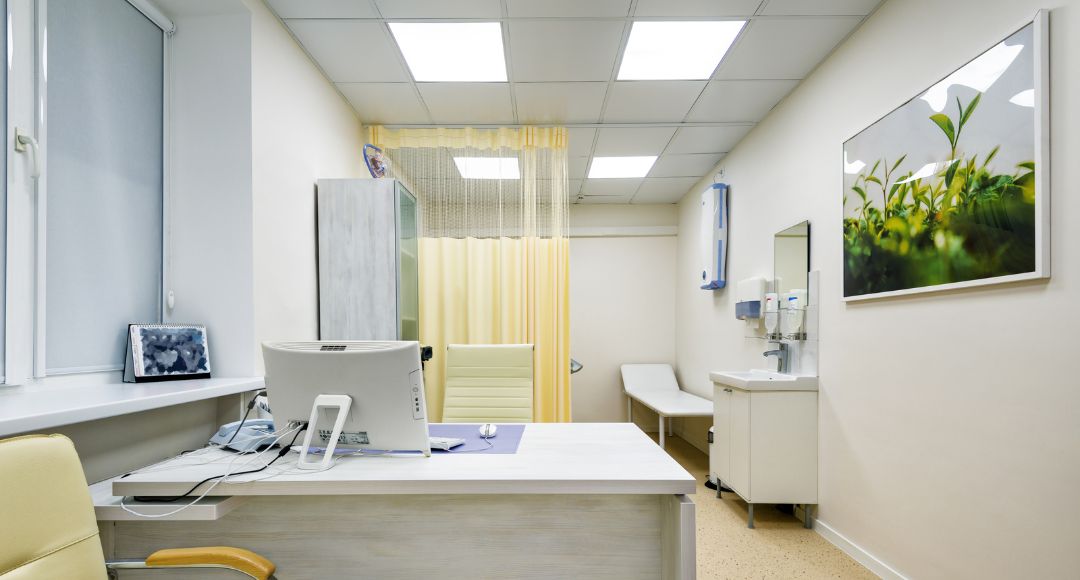
Longevity
An incandescent bulb has an average lifespan of 1,000 hours. On the other hand, a fluorescent tube can live up to about 7,000 to 15,000 hours. If you find those figures impressive, be prepared to be mesmerised by how long an LED panel can last!
Generally, LED panels can live between 25,000 to 30,000 hours on average. It will take years before you need to purchase and reinstall a replacement! But wait, it gets even better! LED panels, like other LED fittings, undergo a process called lumens depreciation. This means that when it reaches 25,000 or 30,000 hours, the light will slowly dim rather than suddenly black out.
So, you can keep using your panels until they are too dim to be functional!
Light Quality and Distribution
LED panel lights have excellent light quality. The diffuser provides uniform light distribution, and the top-grade LED chips ensure a high CRI rating! If attention to detail is a critical factor in your space, you should consider switching to LED panel lights.
Design and Aesthetics
Because of their slim structure and stunning white finish, LED panel lights can adapt to any interior design. Choose between a circle, square, or rectangle and find the right colour temperature to suit your aesthetics!
Eco-Friendly Features
LED panel lights don’t contain any toxic chemicals. They will not endanger your health and harm the environment. In fact, using LED panels can reduce your carbon footprint and lessen the waste thrown at disposal sites.
Types of LED Panels
Did you know that there are more than one kind of LED panel? If not, here are some types you should not miss!
Surface-Mounted LED Panels
A surface-mounted panel light sits directly above the ceiling. It’s perfect if you rent the space because attaching and removing is effortless. Surface-mounted LED panels are common in offices, shops, garages, storage rooms, libraries, and more!
Recessed LED Panels
A recessed panel light is mounted flush against the ceiling. It seamlessly integrates into the surface, giving it a clean and polished look. Recessed panels are one of the most popular types of LED panels and are typically found in offices and commercial establishments.
Suspended LED Panels
You can hang LED panel lights using a specific type of mounting kit. You attach the wires to your ceiling so the panel dangles. This method is perfect for more artsy applications and contemporary spaces. If you want to give your corporate setup a break from the usual, consider a suspended panel to brighten and give more life to the room!
Conclusion
LED panel lights are energy-efficient, eco-friendly, and long-lasting. They provide better light quality than traditional fixtures and can elevate a space’s visual appeal! This lighting solution is ideal for commercial settings and residential properties. So, if you want to experience an LED panel’s stunning brightness, nothing stops you!
If you need premium-quality LED panels but don’t know where to get them, visit our website, Simple Lighting! In addition to our comprehensive selection of LED panel lights, we also house a broad spectrum of indoor, outdoor, and commercial lights!


